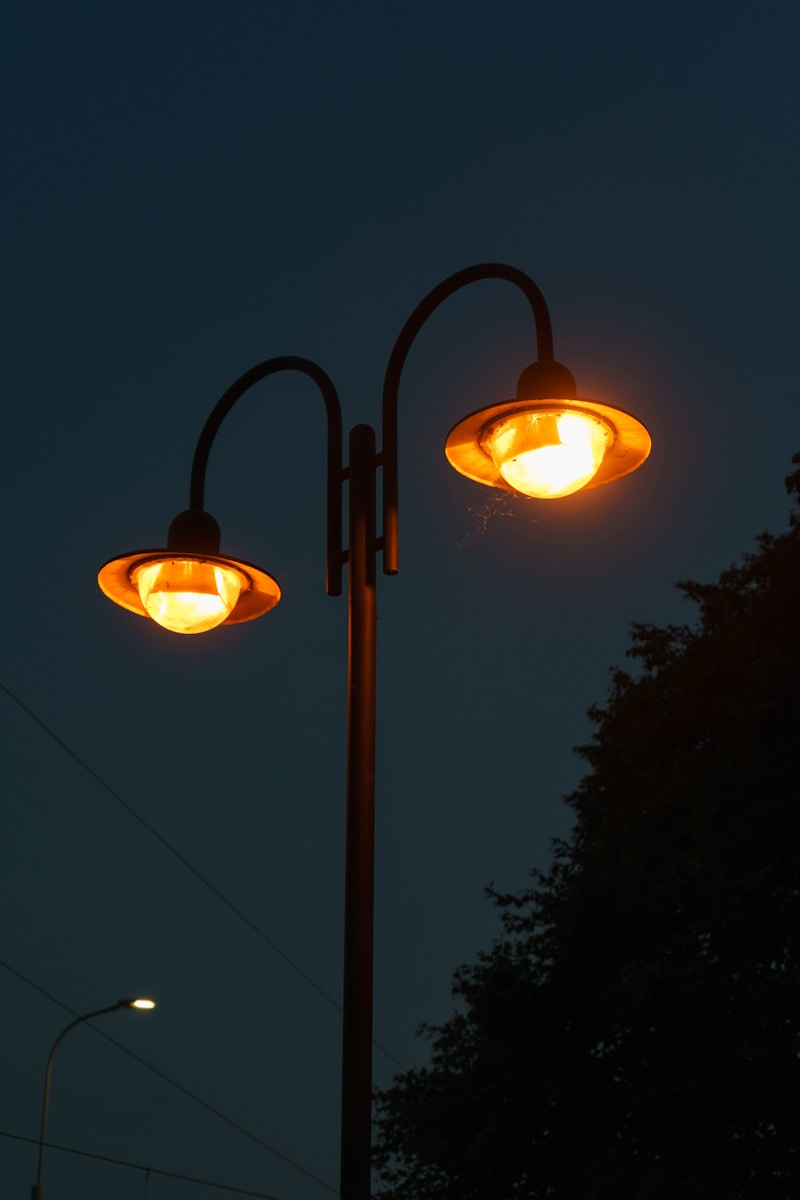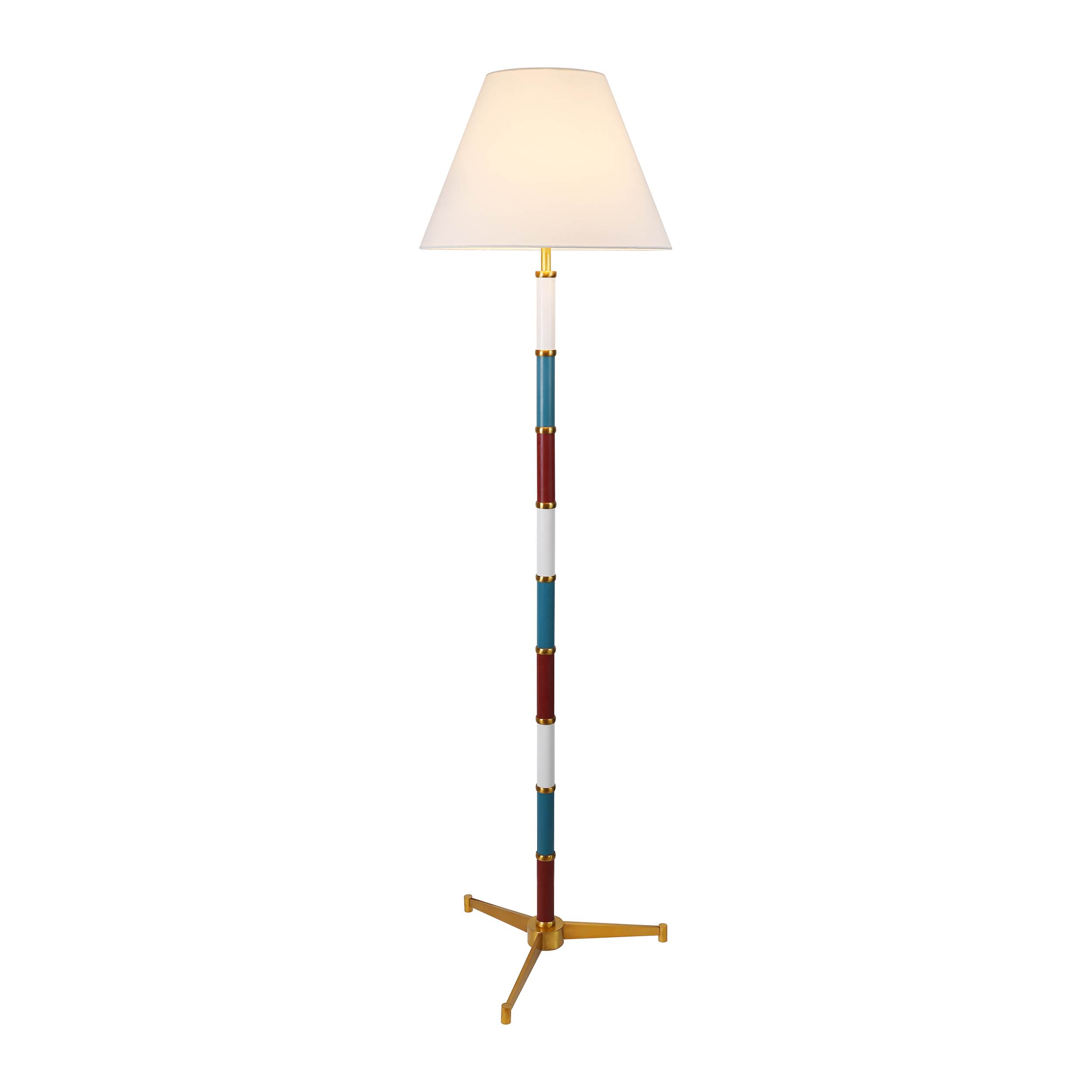Exploring Architectural Highlights with Outdoor Lights: Illuminating Your Space
Exploring Architectural Highlights with Outdoor Lights: Illuminating Your Space
In today's world, the fusion of architecture and lighting design has become increasingly significant. As architects and designers strive to create visually stunning structures, the use of outdoor lights plays a crucial role in enhancing architectural highlights. This article will delve into the various aspects of Outdoor lighting, the different types available, and how they can transform any architectural feature into a spectacle. We will also explore tips on selecting the right outdoor lights for your space, ensuring your architectural highlights stand out even at night.
The Importance of Outdoor lighting in Architecture
Outdoor lighting is essential in showcasing architectural features. It highlights the beauty of the structure while providing functionality and safety. By strategically placing outdoor lights, architects can create a magical atmosphere that emphasizes the unique elements of a building. Whether it’s a modern office complex, a traditional home, or a public space, Outdoor lighting can enhance the visual appeal significantly.
Key Benefits of Architectural Outdoor lighting
| Benefits | Description |
| Enhanced Aesthetics | Outdoor lighting highlights architectural details and adds visual interest. |
| Increased Safety | Proper lighting improves visibility, reducing accidents in outdoor spaces. |
| Extended Usability | Lighting allows outdoor areas to be used effectively after dark. |
| Security | Well-lit properties deter intruders, enhancing safety for residents. |
Furthermore, outdoor lights can be used creatively to create shadows and silhouettes on surfaces, adding depth and intrigue. The interplay between light and shadow can transform a simple space into a captivating environment.
Types of Outdoor Architectural Lights
There are various types of outdoor lights that can be utilized to highlight architectural features. Here are some popular choices:
1. Spotlighting
Spotlights are directed beams of light that can highlight specific features of a building, such as sculptures, intricate facades, or architectural lines. They are available in various styles and brightness levels, making them suitable for any architectural highlight.
2. Wall Washers
As the name suggests, wall washers are designed to "wash" the wall with light. They are ideal for illuminating large surfaces, ensuring even lighting across the entire area. This type of lighting can enhance textures and colors in the architecture.
3. Floodlights
Floodlights provide broad-spectrum lighting and are often used for security and general illumination purposes. They can be adjusted to focus on specific areas, making them a versatile choice for various architectural applications.

4. Path Lights
Path lights are essential for safety and navigation. These lights illuminate walkways and entrances, ensuring guests can move safely around your property while highlighting the landscaping and architecture.
5. Accent Lighting
Accent lighting is used to draw attention to particular features or spaces. This might include highlighting a unique door, window, or garden feature. By using color, intensity, and positioning, accent lighting can create a dramatic effect and add personality to a space.
Tips for Choosing the Right Architectural Outdoor Lights
Selecting the right outdoor lights involves careful consideration of various factors. Here are some tips to keep in mind:
1. Understand Your Architecture
Each architectural style has unique features that should be highlighted. Understand the key characteristics of your building and select lighting that complements those traits. For example, minimalist structures benefit from sleek, unobtrusive lighting, while ornate designs may require more dramatic fixtures.
2. Consider the Environment
Outdoor lights should withstand weather conditions in your area. Opt for weather-resistant fixtures that can endure snow, rain, and extreme temperatures without deterioration.
3. Select the Right Color Temperature
The color temperature of light can significantly affect the ambiance of a space. Warm white light (around 2700K) is ideal for creating a cozy atmosphere, while cooler temperatures (4000K and above) may work better for modern or industrial designs.
4. Plan the Layout
Lighting placements should be planned in advance. Create a lighting layout that maximizes the impact of light while ensuring there are no dark spots or overly bright areas. A well-thought-out design will enhance the overall appearance of your architectural highlights.
5. Energy Efficiency
Choose energy-efficient lighting options such as LED fixtures. They not only reduce electricity bills but also have a longer lifespan than traditional bulbs, making them a sustainable choice for Outdoor lighting.
Trends in Outdoor Architectural Lighting
The field of architectural lighting is constantly evolving, and staying updated on trends can help you make informed decisions about your lighting design. Some emerging trends include:
1. Smart Lighting Systems
Technology has allowed for advanced control systems that enable homeowners and designers to manage outdoor lights via smartphone apps or voice-activated devices. Smart lights can be programmed for different scenarios, enhancing both convenience and energy efficiency.
2. Biophilic Design
Biophilic design emphasizes connection to nature, and Outdoor lighting plays a crucial role. Using colors and styles that mimic natural light sources can create a harmonious balance between architecture and the surrounding environment.
3. Minimalistic Fixtures
Clean lines and simple forms are gaining popularity in Outdoor lighting design. Minimalistic fixtures blend seamlessly with architectural features without overwhelming them, making them an ideal choice for contemporary styles.
4. Layered Lighting Design
Instead of relying solely on one type of light, layering various lights (ambient, task, and accent) creates depth and enhances the experience of outdoor spaces. This approach allows for adaptability in different settings.
Conclusion: Elevating Your Architectural Highlights with Outdoor lighting
In conclusion, Outdoor lighting is an essential element in the realm of architecture, capable of enhancing a structure's beauty, safety, and usability. By understanding the significance of various lighting types, selecting appropriate fixtures, and keeping up with trends, you can create stunning visuals that make your architectural highlights shine, night and day. Whether you're an architect, designer, or homeowner, consider the impact of outdoor lights to transform your spaces and create lasting impressions.
When planning your Outdoor lighting, remember to take the time to assess your specific requirements, explore different lighting solutions, and think about how they can best work together to achieve your architectural goals. Properly executed Outdoor lighting design not only illuminates but also tells a story, showcasing the beauty of your architectural highlights in a way that captivates everyone who sees them.
